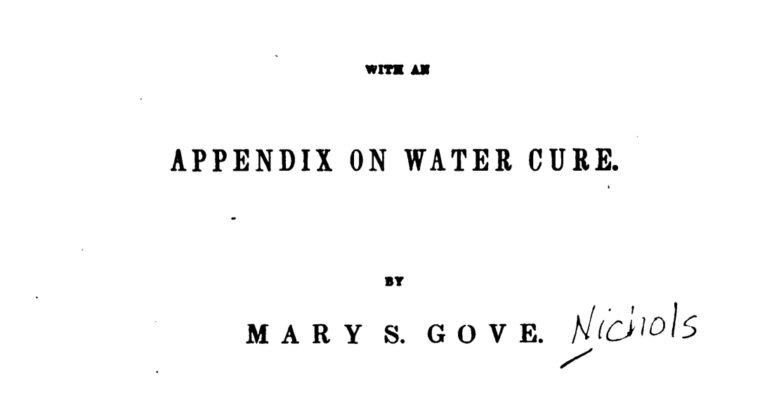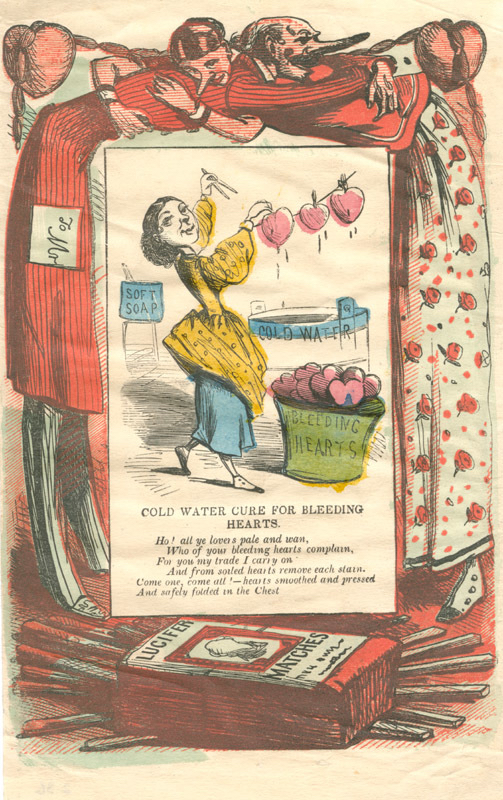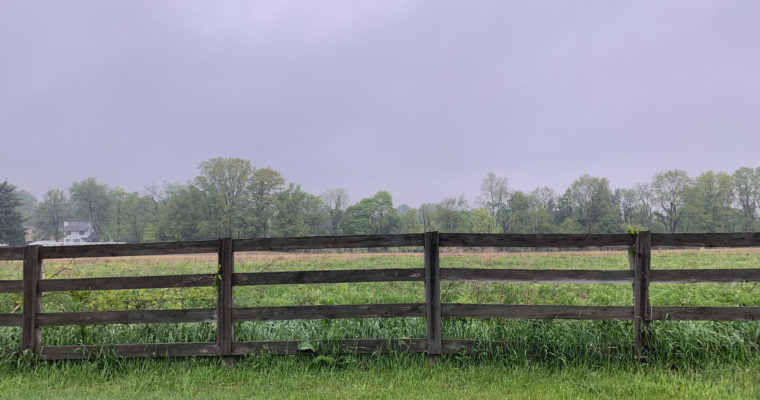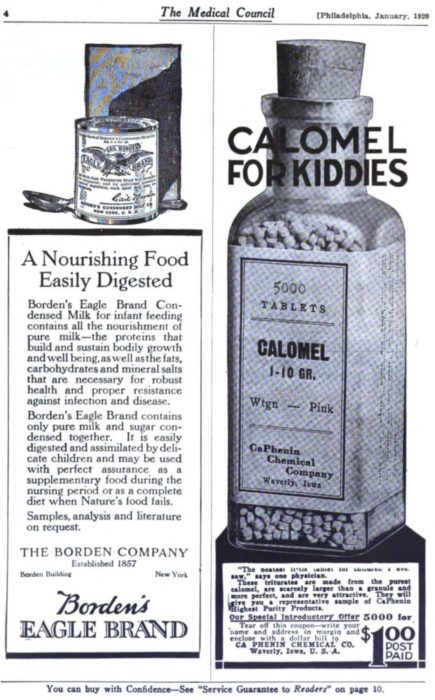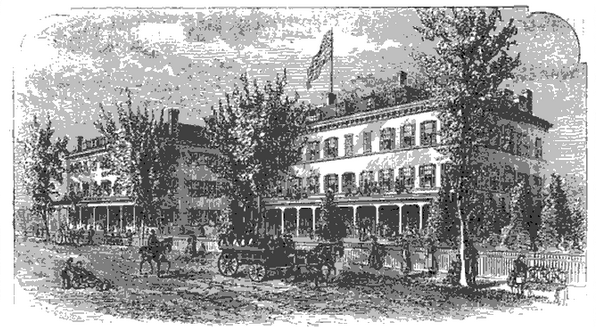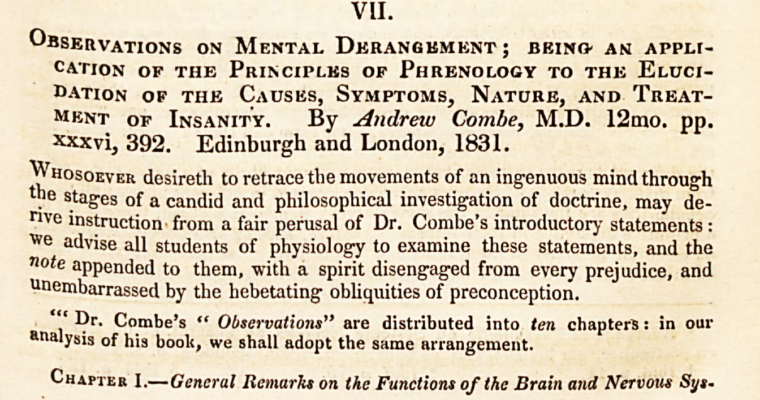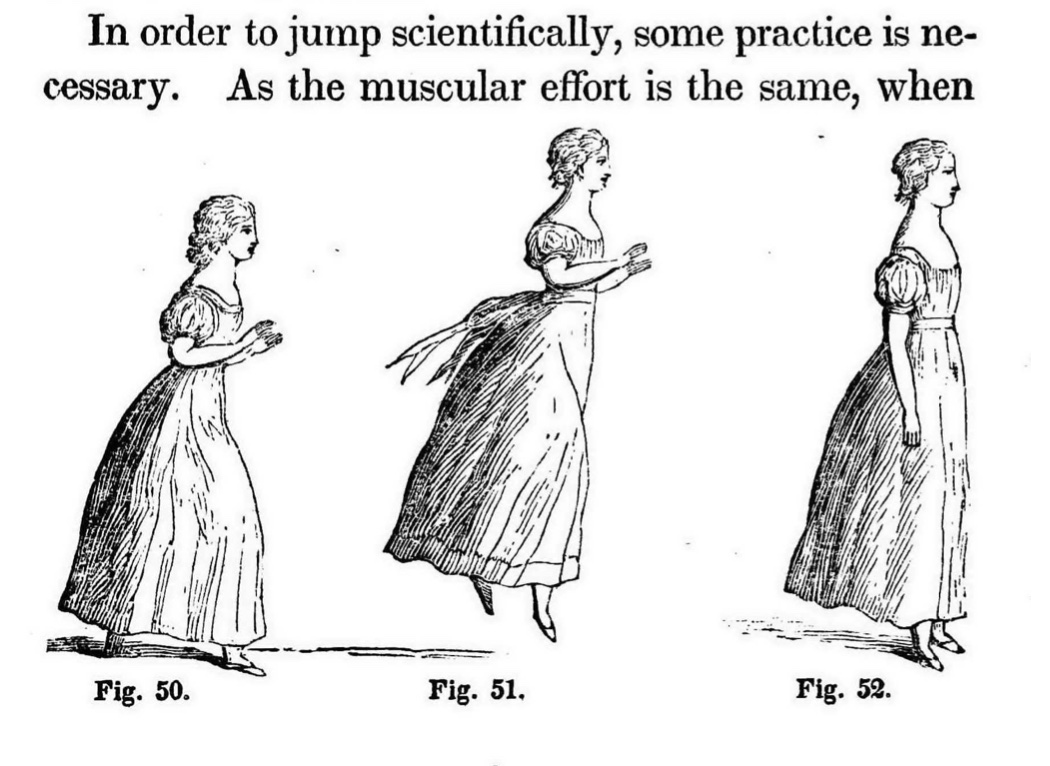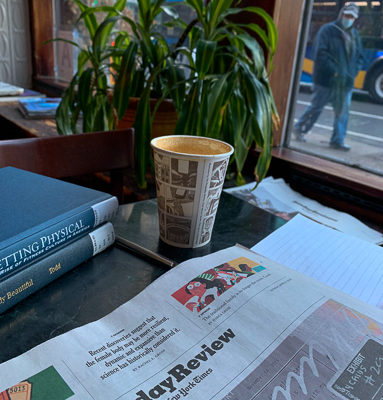Author: gymnosophista
he learned neither to read nor swim
In his self-help guide for raising proper boys, John Locke extolled swimming as an ideal exercise. “The Romans thought it so necessary, that they rank’d it with letters; and it was the common phrase to mark one ill-educated, and good for nothing, that he had neither …
Cold Water Cure for Bleeding Hearts
Ho! all ye lovers pale and wan,
Who of your bleeding hearts complain
For you my trade I carry on
And from soiled hearts remove each stain.
Come one, come all!–
hearts smoothed and pressed
And safely folded in the Chest.
Artist/Author unknown
Date: [between 1840 and 1880?]
Found while doing research @The Library Company of Philadelphia
the truth about finland :: sauna love
Teir, Harald, Yrjö Collan, and Pirkko Valtakari. Sauna Studies: Papers Read at the VI International Sauna Congress in Helsinki on August 15-17, 1974. Helsinki, 1976. “A place of peace and harmony.” Ah, the sauna. I’ve so much to say about sauna (and pirtis, and banya). …
Flotsam 2023
Resolutions, anyone? What are you reading? What does emotional fulfillment mean to you? It’s been awhile since I’ve just written an off-the-cuff post. And the sun is out. I’m still reflecting on 2022. It was a good year. As the year ended, I read a …
Of fever high, or parts that swell—The remedy is calomel.
Physicians of the highest rank—To pay whose fees would need a bank—
Have pressed their science, art, and skill Into a dose of calomel.
Whate’er the patient may complain Of head, or heart, or nerve, or brain,
Of fever high, or parts that swell—The remedy is calomel.
When Mr. A. or B. is sick, “Go for the doctor; and be quick.”
The Doctor comes with right good will, And ne’er forgets his calomel.
He turns unto the patient’s wife, And asks for paper, spoon, and knife;
“I think your husband will do well To take a dose of calomel.”
He then deals out the fatal grain, “This, ma’am, will surely ease the pain,
Once in three hours, at chime of bell, Give him a dose of calomel.”
The man grows worse quite fast indeed, A council’s called. They ride with speed.
They crowd around his bed, and tell The man to take more calomel.
The man in death begins to groan, The fatal job for him is done.
His falt’ring voice in death doth tell His friends to shun all calomel.
Now, when I must yield up my breath, Pray let me die a natural death,
And bid you all the long farewell Without the use of calomel.“Calomel,” a mid-nineteenth-century song
Calomel: “Mild chloride of mercury, Hg2Cl2, a heavy, white or yellowish white substance, insoluble and tasteless, much used in medicine as a mercurial and purgative; mercurous chloride. It occurs native as the mineral horn quicksilver.”
I’d thought that it was not used much after the Civil War era but it is in fact in medical journals through the 1920s (like this ad).
As we discuss James Whorton’s history of health reformers, Crusaders for Fitness, keep in mind that the elite orthodox physicians of the era, engaged in proper science, were purging and bloodletting their patients for problems mild to severe. As this was a popular song about top-notch educated physicians, one might ask exactly who the “dolts” and quacks “without critical thinking” skills actually were.
In other words, why do we call NYU-educated (then Bellevue) physicians who recommended vegetarianism, fresh air and exercise quacks but Ivy-league bloodletters are considered respectable, critical thinkers?
Or, who creates knowledge? In this case professional and medical knowledge. Who decides what is objective fact?
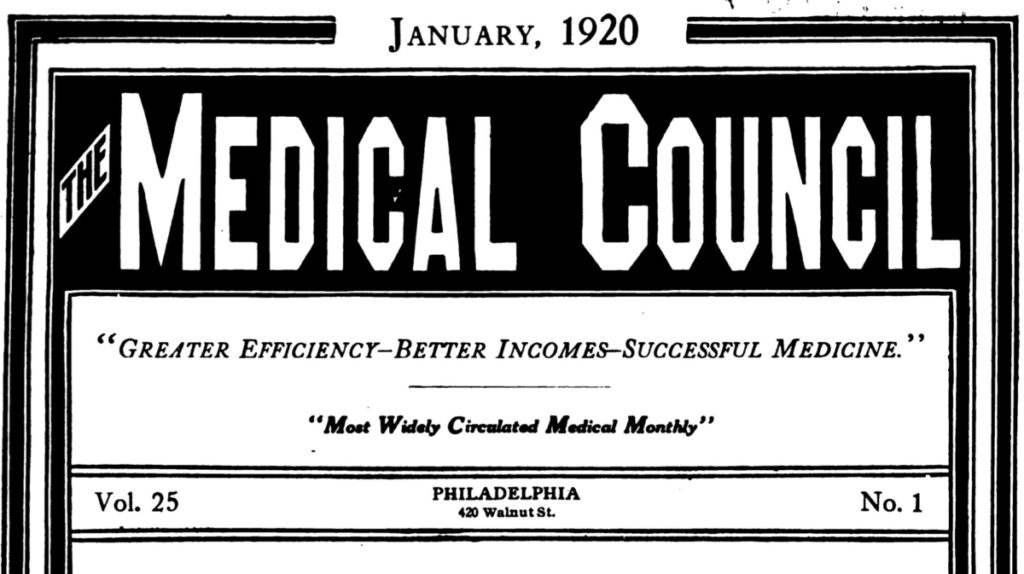
Whorton’s 1982 history of American health reformers is such a classic in the field that no one has attempted another. It was reissued by the Princeton Legacy Library in 2016, but you can find a used copy for far less. Since 1982, Whorton has written a history of alternative health in the US (Crusaders often reads as a history of alt health) and a history of constipation (indeed. Our toilet stools are not new. Nothing is). He also taught a class on the history of alternative health to med students at UW.
This is a history of the crusaders themselves, an entertaining approach to understanding the cultural and scientific history of the era. As implied by “crusaders,” he emphasizes the religious zeal of the health reformers, which continued well beyond the (contested) introduction of the germ theory, when MDs engaged social gospel to justify and popularize physical education.
Though the health-reform crusades were “often naive and short-lived,” the reformers were too popular and well-educated, with “otherwise critical minds,” to toss them aside as Samuel Clemens (Mark Twain) did, as “the nuts among the berries” (3). Instead, he examines these “otherwise critical minds” to learn more about the social and intellectual causes that inspired the reforms’ widespread popularity. Rather than fads, these reforms were “hygienic ideologies, idea systems” that defined the “correct” personal hygiene as the very foundation of human progress. These systems of health were popular because they drew on “universal” sentiments about humans and nature while they also addressed the common anxieties and desires of their time.
Well that sounds familiar.

In his Varieties of Religious Experience (1902), alleged father of American psychology, William James, noted the religious zeal of the health reformers. James located the root of health-zeal psychology in the belief that “Nature, if you will only trust her sufficiently, is absolutely good.” This unquestioned trust in nature marked, for Whorton, all ideological health movements.
To follow this logic, if nature is good, “she” would not want us to suffer pain. Thus illness must be against nature’s laws and ill health is an evil brought about by violations of natural, physiological laws. (Physiology was the hot science of the 1830s and 1840s, when Whorton’s treatment begins.)
The strict Puritanism of early America was turned over in the 18th century for Arminianism, the belief that god wants everyone to be saved, but every individual is responsible for his own salvation. This squared nicely with America’s growing market economy. Whorton argues that Arminianism was embraced by health reformers. God (nature) wants everyone to be healthy and happy but s/he must earn it through pure living and avoidance of temptation and vice. By observing proper diet, dress, and activity, people could gain vital powers beyond those endorsed by science.

Yet health reformers embraced the scientific view of the brain’s molecular structure and taught that the brain was affected “by diet and observation of the mind-clearing, tension-relieving effects of strenuous exercise.” This “made it easy to suppose good hygiene must elevate mental ability” (5).
Can you imagine the quackery? Cal-o-mel. Cal-o-mel. (We’re reminded again of Wendy Suzuki’s work on exercise and mental clarity.)
Because the resulting mental improvement also increased will power, immoral choices were avoided as man would not give into his ravenous, sinful appetites. Ergo, good regimen improved one’s moral status as well as health. Physical and moral laws were intertwined and designed by god, and science was but a child of god.
Later the message was secularized and god removed. Reformers of the late 19th and early 20th century preached that the physical health of every individual, achieved through proper health habits, would bring about an ideal society. No need to look at the structural problems of society or the sheer impossibility that the lower classes can find the time or resources such healthy lifestyles required. Just get some sunlight and greens and society will “evolve.” Everyone can get some greens and sunlight! Breathe! No cost! Remind you of our youtube better-yourself proselytizers?

The moral hygienists found the city dirty and immoral, but they praised innovation and believed cities could be further improved by advancing technology. They did not believe the rural past was superior, though it was easier to stay healthy. Rather, man simply needed to avoid the vice, sloth, and indulgence the city made so available.

On the intelligence of reformers, Whorton ventures: “The mental stature of health reformers has been another matter entirely. They have not, as a rule, been the dolts of popular stereotype. But they have lacked the critical faculties needed to temper their congenital optimism….They have generally been well-read and progressive individuals, conscientious about staying abreast of developing science, but unable to recognize any implications of that science running contrary to their fundamental faith in human perfectibility” (8).
While they were not “dolts,” they weren’t too discerning, either. What Whorton elides here is that most of these reformers were scientists or MDs who were no more or less biased, optimistic, or enthusiastic than the scientists and MDs of today. (Have you heard? Dying is an illness and if you live right, with tons of expensive supplements, total control over your schedule, and some plastic surgery, you will evade it.)
To simply chuckle at these “quacks” along with Whorton (though it’s meant to be a balanced treatment) almost two hundred years later is ahistorical at best. Recall that “regular,” “orthodox” MDs of the day used mercury (calomel) and bloodletting as regular treatments.
As if I would let you forget.
If you’d like to support the site, buy stuff that you need from the links. Some of them send us kickbacks at no cost to you, but a wee cost to the empire. Or buy nothing and give your favorite grad student a tip.
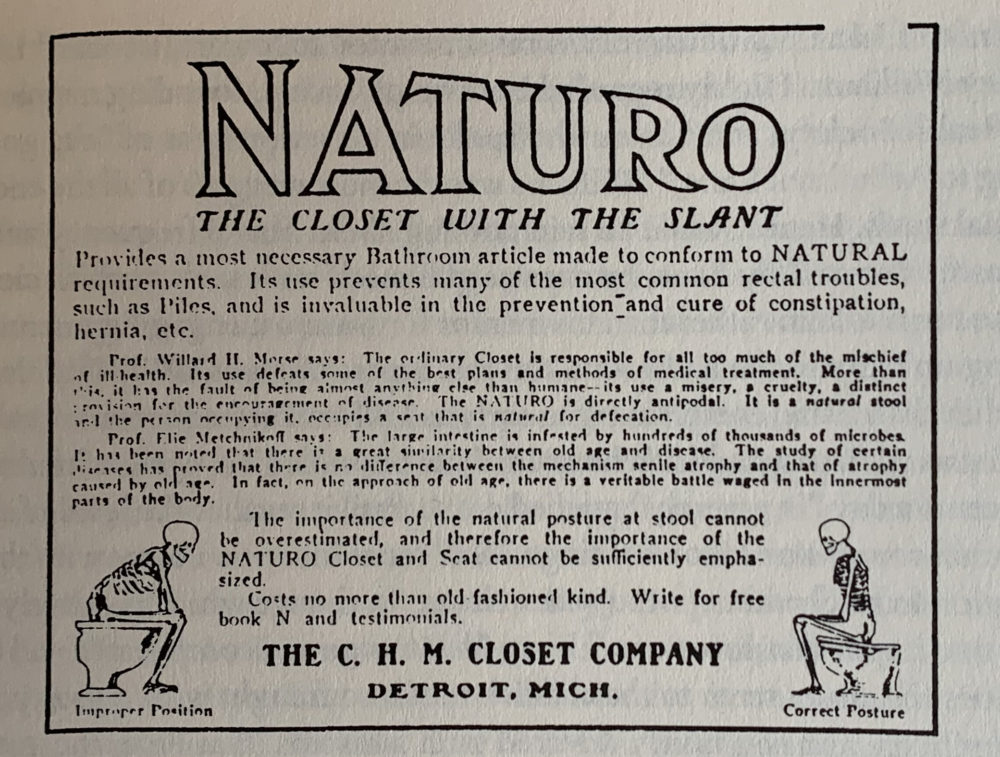 In honor of Whorton’s history of constipation, let’s talk about your toilet. Are you squatting on it? No? If a squat toilet isn’t part of your design scheme, bring the floor to you.
In honor of Whorton’s history of constipation, let’s talk about your toilet. Are you squatting on it? No? If a squat toilet isn’t part of your design scheme, bring the floor to you.
This model is bamboo and comes with a fabulous foot massager, but be aware a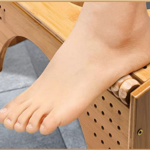 chunk broke off and lodged in my heel and, well, I bloodlet. (Leech therapy is coming back, did you know? Have a bad back?) Squatty Potty, the classic, is better made. They also come in white plastic and mod ottoman design, which does blend better with most decors. As such, it’s the one I gift.
chunk broke off and lodged in my heel and, well, I bloodlet. (Leech therapy is coming back, did you know? Have a bad back?) Squatty Potty, the classic, is better made. They also come in white plastic and mod ottoman design, which does blend better with most decors. As such, it’s the one I gift.
You think you don’t need this? That’s what a (long-time) client’s husband said when I gave one to his wife as a gift. Within a week he’d ordered several, one for all of their bathrooms. For real.
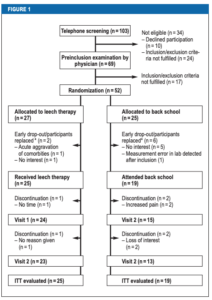
In the early 20th century, the C.M.H. Closet Company designed toilets to slant down in the back, as above.
You know. It’s natural.
Christoph-Daniel Hohmann et al., “The Effectiveness of Leech Therapy in Chronic Low Back Pain,” Dtsch Arztebl International 115, no. 47 (November 23, 2018): 785–92.
She looks strong and moves with a will + paul broca, phrenologist + true companionship + 19th C water-cure dating ad (Todd Part V)
Dr. Dio Lewis’s School for Young Ladies, The American Phrenological Journal and Life Illustrated, Fowler & Wells Company, 1867. Reflections on Jan Todd’s Physical Culture and the Body Beautiful: Purposive Exercise in the Lives of American Women, 1800-1870: Part V (of V). Dio Lewis and …
Phrenology, the Freud of the 19th C (Todd, Part IV)
A Review of Andrew Combe, M.D.’s Observations on Mental Derangement in The Medico-Chirurgical Review 16, no. 32 (April 1, 1832): 423–34. (My research, not in Todd’s book.) Part IV of Reflections on Jan Todd’s Physical Culture and the Body Beautiful: Purposive Exercise in the Lives …
In Order to Jump Scientifically: Todd, Part III
All images are from M.’s A Course of Calisthenics for Young Ladies, in Schools and Families, 1831. I particularly love this illustration. We have used “science-based training” since (at least) 1832. Always so cutting edge, aren’t we?
Further reflections on Jan Todd’s Physical Culture and the Body Beautiful: Purposive Exercise in the Lives of American Women, 1800-1870: Part III.
Chapter Two: “Souls of Fire in Iron Hearts”: The 1820s Gymnastics Revolution for Women
Todd pushes the usual history of women’s exercise back a decade earlier, illustrating a women’s gymnastic movement in the 1820s. The gymnastics movement in Europe influenced the US, starting with Johann Friedrich GutsMuths, a German physical educator at the Schnepfenthal Philanthropic School, which was founded on Rousseauian principles.
Considered the grandfather of physical education, Gutsmuths wrote Gymnastik für die Jugend (1793, Gymnastics for Youth, 1802). His student, Friedrich Jahn, who tied gymnastics to patriotism and masculinity, founded the politically-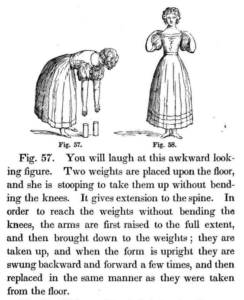 oriented Turner exercise movement. This people’s movement threatened the prince and the Holy Alliance. Against the crown, Jahn was imprisoned and forbidden to teach, while many of his students fled Germany. Those who came to the United States founded still-active Turner’s Clubs here and had a great impact on physical education in the United States. (I went to a show at LaMaMa last week. The theater is in an old Turner Hall.)
oriented Turner exercise movement. This people’s movement threatened the prince and the Holy Alliance. Against the crown, Jahn was imprisoned and forbidden to teach, while many of his students fled Germany. Those who came to the United States founded still-active Turner’s Clubs here and had a great impact on physical education in the United States. (I went to a show at LaMaMa last week. The theater is in an old Turner Hall.)
As did Pehr Henrik Ling of Sweden, who created a therapeutic gymnastics based on his study of anatomy and physiology, budding and popular sciences of the day. His work influenced American educators Catherine Beecher and Dio Lewis.
Todd argues that Phokion Heinrich Clias had the greatest impact of these early Europeans on women’s exercise, particularly in Britain in the 1820s. Unlike GutsMuths and Ling, he included both boys and girls in his lessons, and published a book on exercise for women. This created a movement of sorts in England in the 1820s, and J.A. Beaujeu noted that most schools in England included gymnastic lessons. He and his wife, Madame Beaujeu, taught a shockingly vigorous gymnastics routine to women in Dublin. Rather than needing lessons in refinement, Beaujeu argued women needed “souls of fire, in iron hearts” (46). His system was designed to promote health and enjoyment.
In 1841, Madame Beaujeu left Dublin for Boston where she opened a well-respected gymnasium under the name of Mrs. Hawley. Horace Mann, Mary Gove, and the Boston Medical and Surgical Journal all praised her school and methods. In the mid-1840s she opened a school near Astor Place in New York. Todd contends that they taught a much more vigorous system to women than has been noted by scholars, and that it benefited women’s health. Information about her lessons spread through American magazines such as the Journal of Health, The American Journal of Education, and the Boston Medical Intelligencer in the 1820s. Exercise was promoted for good health.
Opinion still varied on whether women should perform vigorous, gentle or no exercise, and in the 1830s, gentle exercise took over.
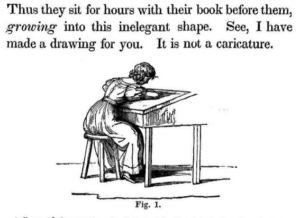
Chapter Three: William Fowle’s Monitorial School for Girls: The First American Gymnastics Experiment
Fowle’s working-class girls’ school was the first that taught exercise in the U.S., predating the commonly-cited Round Hill School for Boys. Fowle encouraged vigorous exercise for women and girls, but by the end of the 1820s, it lost ground to gentle calisthenics (the term was coined at this time to mean gentle exercise for women, as opposed to vigorous gymnastics for men).
Chapter Four: The Literature of Calisthenics
Gustavus Hamilton published his 1827 Elements of Gymnastics for Boys and Calisthenics for Young Ladies in England. Influenced by Rousseau, it seems to be the beginning of the shift to “simple freehand” exercise movement for women which took over for the next few decades.
The first exercise book for women published in the US (most came from Europe) was on calisthenics, and the unknown author called “M.” noted a cultural upper-class anxiety about the effects of indoor, seated education on the mind. “It is astonishing how many perish by what has been called the disease of education” (as quoted in Todd, 105).
Posture correction was a concern, as it has been throughout exercise history.
The author bemoaned that elite women were “misled” to believe that the new model of beauty had become “Of so thin and transparent a hue, you might have seen the moon shine through” (quoted in Todd, 112). Instead, women should not starve themselves in fear of being stout, but look instead to a Greek ideal. “A paid, trained calisthenics teacher” was needed “in every woman’s school.” It is fascinating to see that overly thin women were also an idea in the 1830s. I wonder how their ideal BMI compares to today. Is their thin our thin? How has this changed over time? And how have men’s?
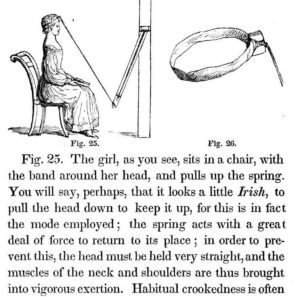
The author’s calisthenics were a compromise between the basic freehand movements of Hamilton and the more vigorous but culturally unacceptable (for women) gymnastics, which would dominate until the 1860s.
Chapter 5: “I Practice Calisthenics Every Day and Like It Quite Well”: Mary Lyon, Mount Holyoke, and American Calisthenics.
Mary Lyon, a chemist and educator, popularized and codified women’s exercise at her school in Massachusetts, Mount Holyoke Female Seminary (which would become the first of the Seven Sisters), where the first U.S. women’s physical education teachers were trained.
Lyon required the young women to do calisthenics, complete an hour of domestic work midday, as a break from studies, run (not walk) up the steps of the school, and spend an hour walking outside before breakfast. In the cold and snowy Massachusetts winters, students were to spend 45 minutes outside, walking only if they could. Lyon’s regimen was in tune with today’s circadian science protocols.
In addition to a shift to more gendered calisthenics and gymnastics, an ideological change in physical education transpired in the 1830s. Physical educators could no longer just teach exercise. Instead, Americans needed to learn both exercise and human physiology—the latter while seated in chairs, rather than while exercising. This became the most popular method of teaching physical education from 1830-1860, disseminated widely by Catherine Beecher.
The popularity of the new science of physiology inspired the belief that simply understanding the body’s anatomy and function could stay healthy without exercise. A woman who learned about her organs would understand how a poor diet, tight corsets, and infrequent elimination could simply be moderate in health matters and stay in good health. Exercise often fell by the wayside, particularly as it was still controversial for women (though teaching her anatomy was as well).
By the early 1860s, when more vigorous exercise came back into fashion, some students found the basic calisthenics silly, but first, Catherine Beecher would popularize—rather than invent—light calisthenics for women.
Physical Culture and the Body Beautiful: Purposive Exercise in the Lives of American Women, 1800-1870 (II)
The top headline on a discarded NYT by the window caught my eye as I was reading Todd’s book in a cafe. “Recent discoveries suggest that the female body may be more resilient, dynamic, and expansive than science has historically considered it.” Science has been …
